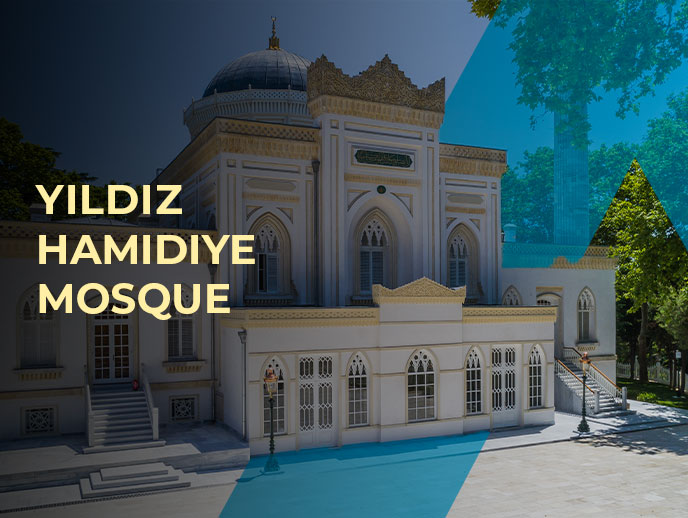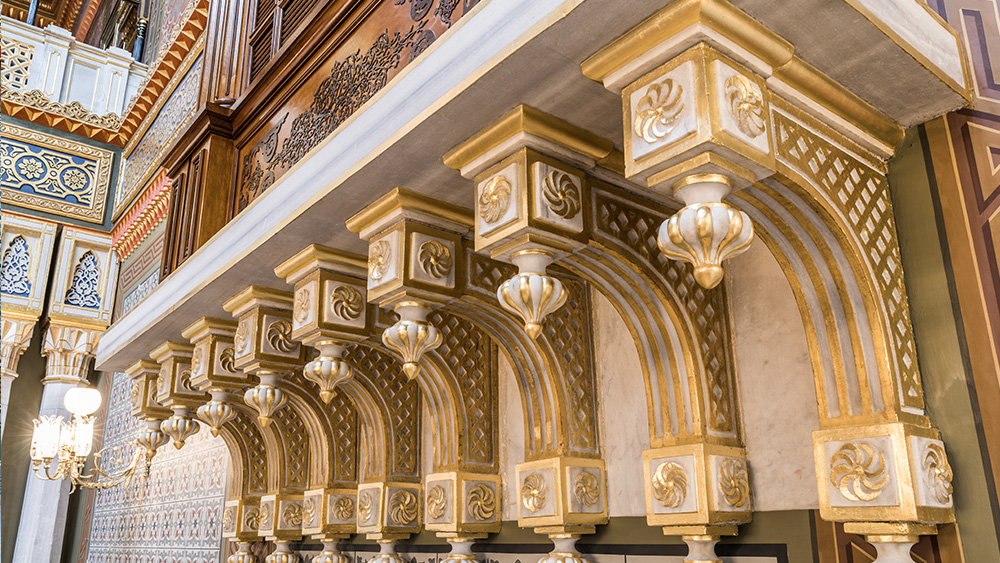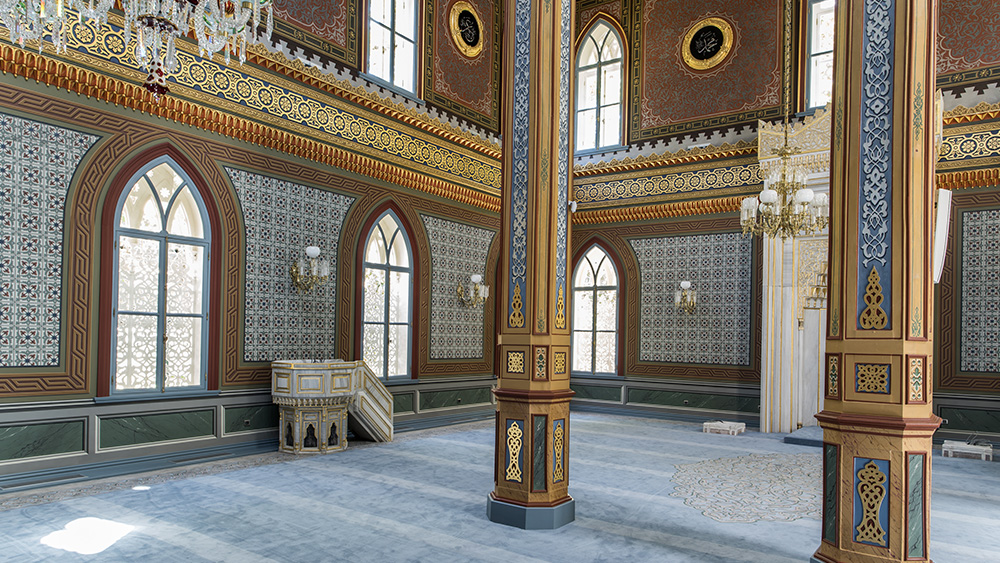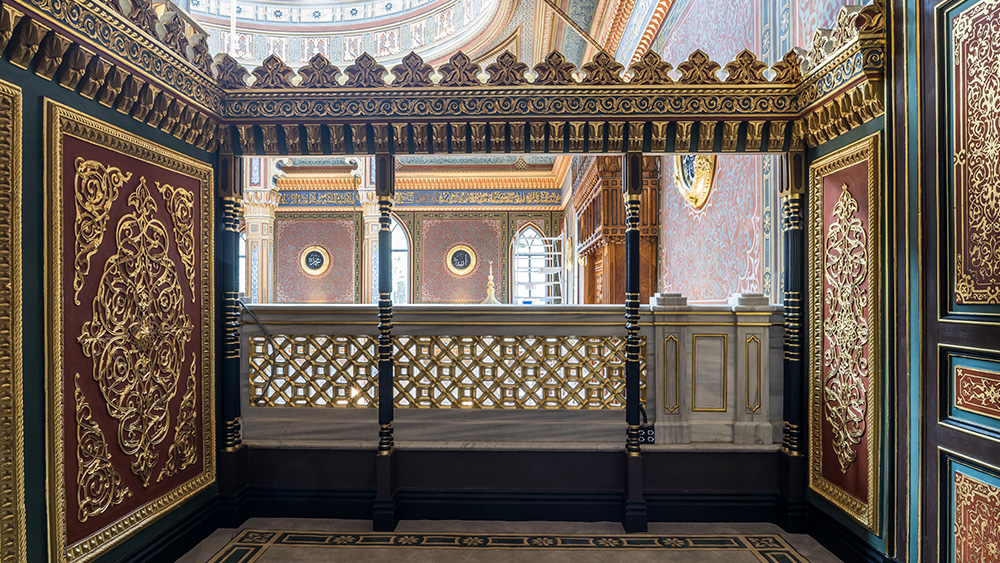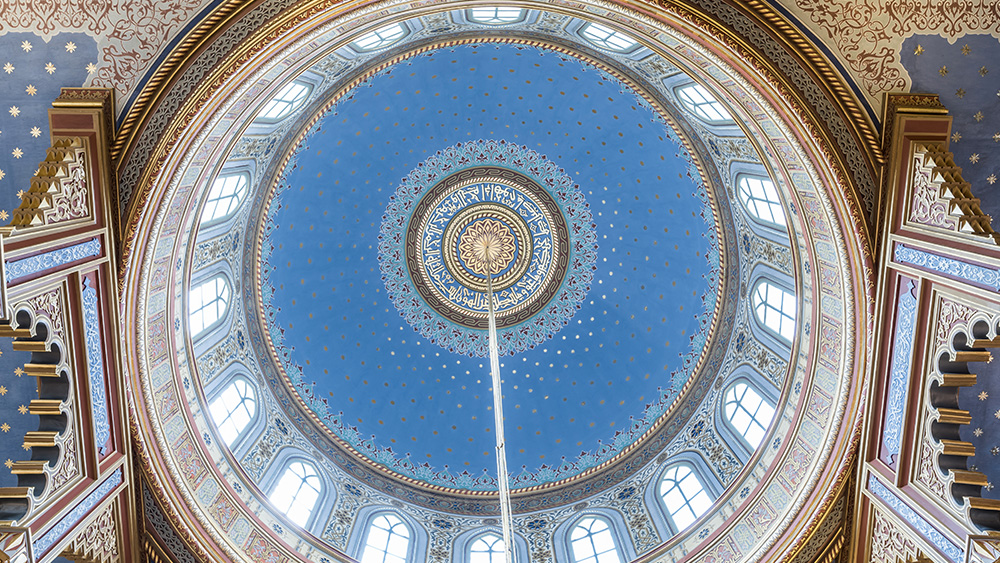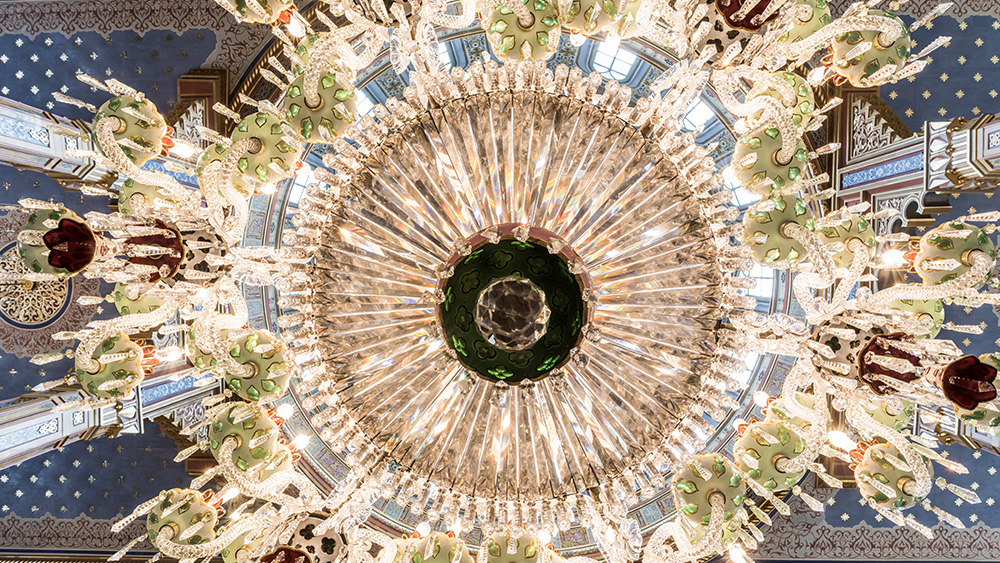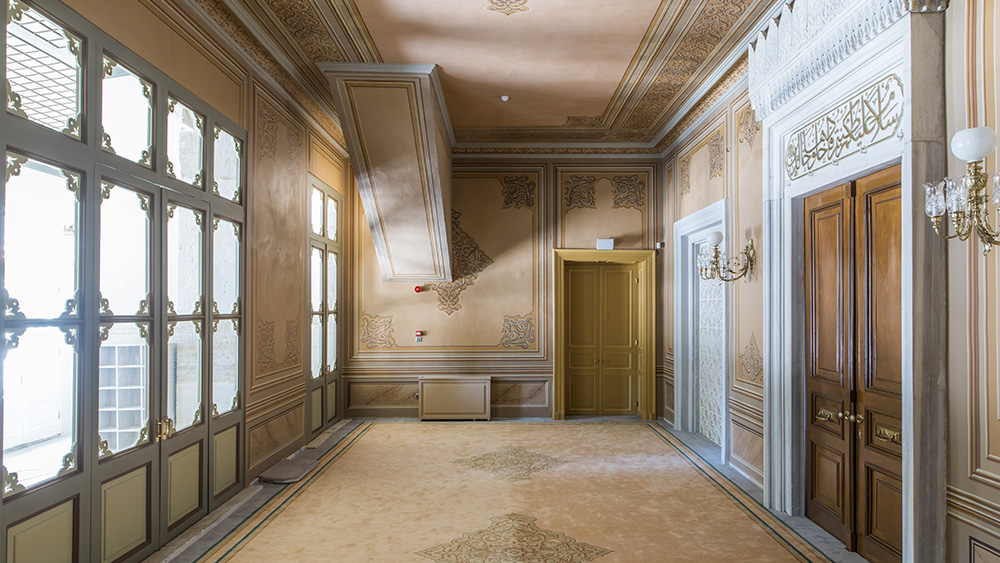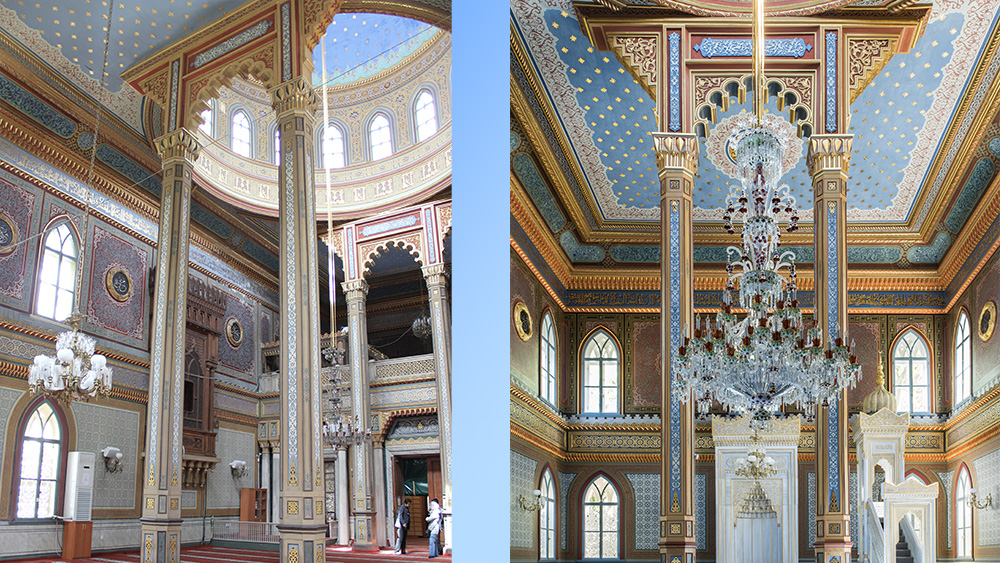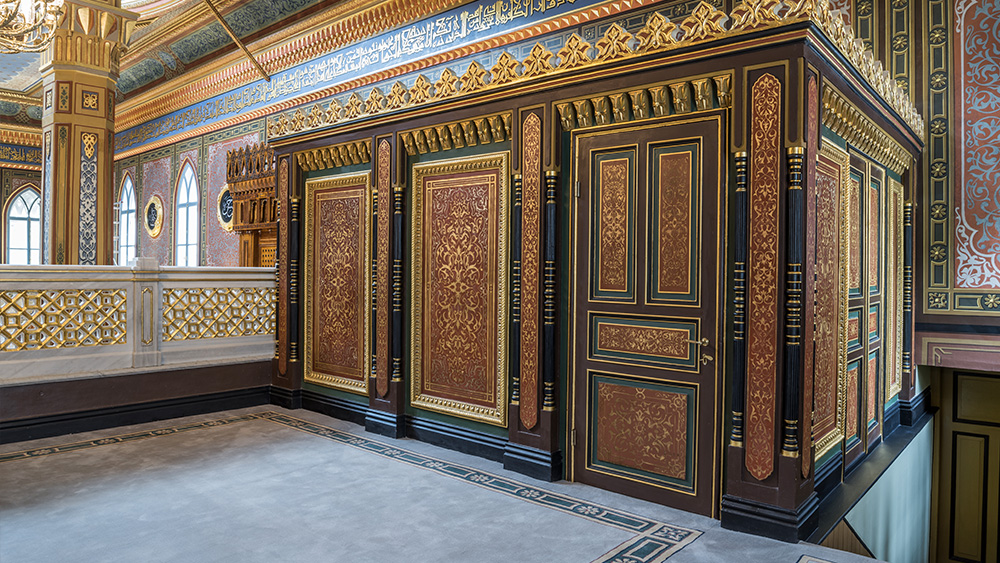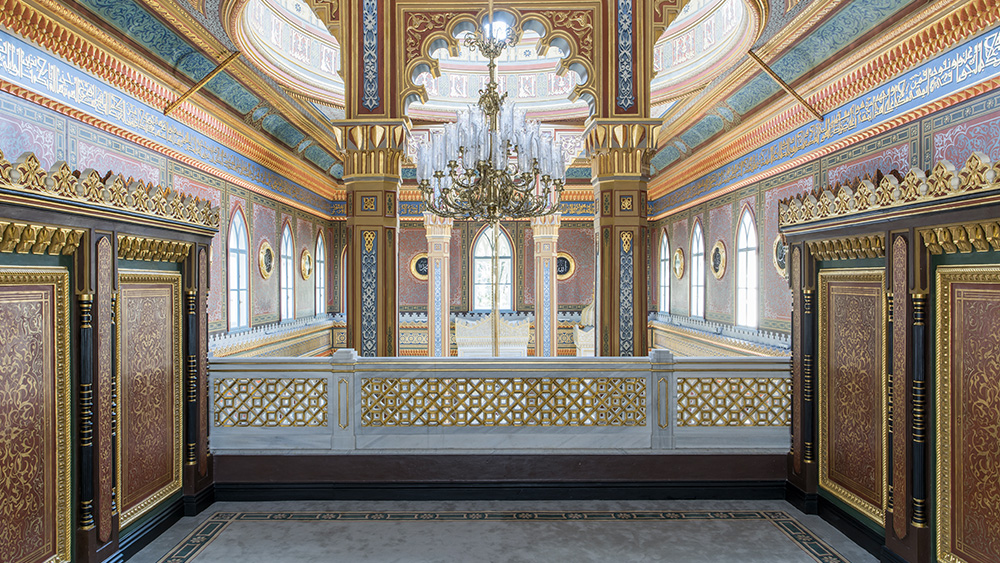YILDIZ HAMIDIYE MOSQUE
Yıldız Hamidiye Mosque is located in the Cihannuma neighborhood of Istanbul’s Beşiktaş district. While some sources name Sarkis Balyan, the chief imperial architect of the time, and engineer Dikran Cüberyan as the mosque’s architects, others cite Alexandre Vallaury. However, according to a document found in the Dolmabahçe Palace Archives (Document No: II/989), the architect of the mosque was a Greek architect named Nikolaidis Jelpuylo, who had served for over thirty years in the Imperial Buildings Administration (Ebniye-i Seniyye İdaresi). Known in Ottoman records as “Nikolaki Kalfa,” Jelpuylo presented Sultan Abdulhamid II with plans, drawings, and a model of the mosque shortly after receiving the commission. Upon the Sultan’s approval, the groundbreaking ceremony was held on 28 Muharram 1299 (December 21, 1881).
The mosque was completed and opened for worship at the end of September 1885. On July 21, 1905, during the Friday prayer ceremony attended by Abdulhamid II, a bomb attack targeted the Sultan as he exited the mosque. An initial restoration followed the assassination attempt. One of the most notable changes during this renovation was the replacement of the mosque’s original twin-spiral staircases with straight ones.
The mosque’s interior features intricate kalem işi (hand-painted ornamentation). While the general arrangement, design, and motifs align with traditional Ottoman decorative architecture, the use of rectangular frames and full-surface ornamentation marks a stylistic departure. The mosque is an example of a design where the dome and its base are wooden, the ceilings are adorned with kalem işi on canvas, and the interior showcases kalem işi and ebony detailing. The Sultan’s lodge (hünkâr köşkü) and the prayer hall (harim) together form a visually cohesive rectangular layout. The mosque’s small but high dome rests on a polygonal drum with sixteen windows and is richly decorated on the inside.
There are 17 windows in the mosque. The neo-Gothic-style windows and the series of muqarnas (stalactite-like ornamentation) give the dome drum a distinctive character. The blue star motifs inside the dome and the gold leaf details in the Sultan’s lodge are rare and fine examples of the mosque’s rich embellishment. The minaret features muqarnas balcony moldings and a fluted shaft that extends to the top.
As ALBA İnşaat, we completed the restoration of the mosque between 2013 and 2017.

